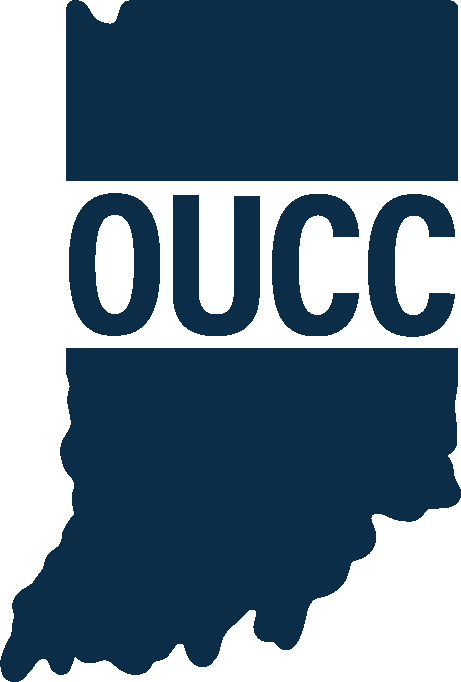The Indiana Office of Utility Consumer Counselor (OUCC) supports cost-effective efforts by consumers and utilities to save energy and use it more efficiently. One of the energy efficiency methods expected to grow in the coming years is cogeneration, which offers cost benefits, environmental benefits, and potential for reducing wear and tear on electric utility infrastructure.
Q: What is cogeneration?
A: It’s a technical term for “combined heat and power (CHP).” Think of it as an “on-site” power plant that traps and reuses waste heat.
CHP is a system that allows a manufacturer or other entity to immediately reuse thermal energy that would otherwise be wasted in the production of various products or services. The system can involve trapping waste heat either from an electrical generator or from a furnace or other industrial processes. By trapping and “recycling” this waste heat, the entity can use more energy more efficiently.
According to the American Council for an Energy-Efficient Economy (ACEEE), a CHP system can operate at efficiency levels of up to 80 percent. The efficiency of a more traditional system that is not combined is likely to operate at less than 50 percent.
Q: What are the benefits?
A: CHP increases efficiency by trapping and reusing energy. It can help ease the stress on the power grid by reducing overall demand for electricity, which may reduce the frequency and effects of potential outages while increasing reliability. It reduces emissions from power plants and can give businesses a hedge on energy costs that may help them save money.
Depending on the type of facility, the recovered energy can be used for more industrial production (examples include food processing, ethanol production, and more), for space heating, or to heat water that may then be used for dishwashing or laundry, or to sterilize medical equipment. It is also possible to use the heated water or air for cooling applications.
Q: What are the negatives?
A: CHP systems are very expensive to develop and typically require a great deal of construction and other capital costs. Such systems are only practical for sites that have continuous needs for both electricity and hot water.
Q: Who can do it?
A: CHP units are being used in all 50 states, with 88 percent being used in manufacturing. But certain commercial, governmental, and not-for-profit entities can develop and use cogeneration, including universities and hospitals. There are also ways to take CHP into account in the residential sector when developing apartment complexes and planned subdivisions.
Q: How is it being used in Indiana?
A: CHP units are currently in use at about 34 sites throughout Indiana. The largest system is a 755 megawatt (MW) steam turbine at Alcoa, Inc.’s Newburgh facility. The smallest is a 30 kilowatt (KW) natural gas turbine located at the University of Notre Dame. Additional projects are in use at agricultural facilities, hospitals, industrial sites, and other locations.
Q: What role is the state playing regarding cogeneration?
A: Legislation approved by the Indiana General Assembly this year (House Enrolled Act 1318) urges that a study committee of legislators evaluate amending Indiana law regarding cogeneration, alternative generation, and small hydroelectric facilities. The committee met on September 16, 2015.
Q: What are some of the potential key issues for cogeneration?
A: Some potential key issues include the following:
- If a CHP system produces more power than the user needs, should the user be allowed to put the excess power into the electric grid?
- Should the CHP system’s owner be allowed to sell the excess power to the local utility or to other entities on a wholesale basis?
- If a utility loses revenues as a result, should the utility and its shareholders absorb those losses?
- If a CHP system provides more heat than the user needs, should the user be able to supply nearby unaffiliated entities with the unused heat?
- What financial incentives, if any, should be authorized to encourage the development of CHP?
- Should utilities be able to increase stand-by rates for co-generators if the co-generation system is temporarily out of operation, and the entity needs power?
Q: What is the OUCC’s perspective on cogeneration?
A: Cogeneration can benefit a commercial or industrial operation by helping it save considerable amounts of money and by boosting its energy independence. CHP projects have the potential to reduce overall demand for electricity and potentially eliminate a utility’s future need to build a new generating plant, reducing or stabilizing electricity costs for ratepayers. Inclusion of CHP within integrated resource plans (the plans electric utilities develop for meeting their long-term power supply needs) would benefit such planning processes.
12/15
